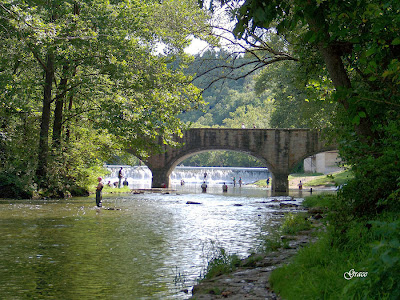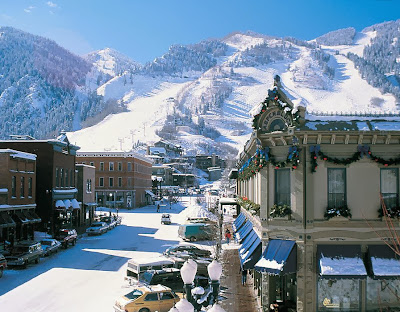Both San Francisco and Hawaii have unique aquatic environments that are attractive to countless visitors. Like Hawaii, San Francisco boasts a huge tourist industry. Both areas have crucial watersheds that are home to diverse ecosystems. Hawaii however, has a tropical temperature, while San Francisco's climate is characterized by fog and more precipitation. Hawaii also produces many more agricultural products than San Francisco.
Hawaii's very attractive coastline (endtimeheadlines.wordpress.com)
Hawaii is home to a diverse array of ecosystems and animals, such as the sea turtle (en.wikipedia.org)
History's Effects on Demography
About 1,500 years ago, Polynesians migrated from the Marquesas islands in the South Pacific to Hawaii in canoes. Tahitian immigrants arrived about 500 years ago entered the islands. Since the islands were geographically isolated by the sea, a unique culture, religion, and traditions emerged. A complex political hierarchy was formed, and a civilization flourished. Artistic endeavors and crafts were central to Hawaiian culture. Kapa making, feather work, and hula were important. The kapu system was the framework of Hawaiian society. Captain James Cook arrived on the islands in 1778, and was among the first Euro-Americans to witness the unique Polynesian culture that existed. Destruction, disease, and death unfortunately ensued after his arrival. Kamehameha took control of the islands during this time by utilizing western techniques to oppress his own people. Kamehameha's son then took over as the new ruler and broke the kapu. At the same time, Protestant missionaries arrived on the island. Members of missionary families recorded the oral language and translated into a written language. Their impact on Hawaiian society was permanent, and many of their descendants are prominent members of Hawaiian society today. The end of the kapu eventually lead to the demise of the old pattern of Hawaiian society and government and was replaced with kingdom into the 19th century. Hawaii's last queen, Lili`uokalani left the throne willingly to avoid bloodshed. Those who were for the annexation of Hawaii to the United States established the Republic of Hawai`i with a
government that was patterned after that of the United States that still exists today.
Polynesian voyaging units (pvs.kcc.hawaii.edu)
Polynesian voyagers, the first inhabitants of the Hawaiian islands. (en.wikipedia.org)
Amazing undisturbed beauty of Hawaiian islands (www.photoseek.com)
Kamehameha (sun-nation.org)
Last Hawaiian Queen, Liliuokalani (constitutioncenter.org)
Climate & Geography
The Hawaiian islands receive most precipitation during the winter months, like San Francisco. The climate is much drier from May to September. Temperatures at sea level generally range from highs of 85–90 °F during the summer months AND 79–83 °F during the winter months. There are very small amounts of vacations in annual temperature range, unlike in San Francisco. The trade winds on the Hawaiian islands are very steady, while island pattern winds are diverse. Violent winds occur on occasion. Light showers are frequent, which nourish the abundant vegetation. San Francisco also has an abundant amount of plant life, though in its case, most plants are of the mediterranean type.
Tourism
Tourism is a gigantic booming business in Hawaii. Though the summer months and holiday are the most popular times for travel to Hawaii, it occurs steadily throughout the entire year. About 7.6 million visitors visit the island each year, most seeking to escape cold temperatures elsewhere. Historical sites, the natural beauty, aquatic sports such as surfing, and the friendly nature of Hawaiians are principal attractive qualities that boost tourism. Like it, San Francisco has a large amount of tourism year round.
Hawaiian Music
Israel Kamakawiwoʻole's "Somewhere Over the Rainbow"

























.jpg)

















